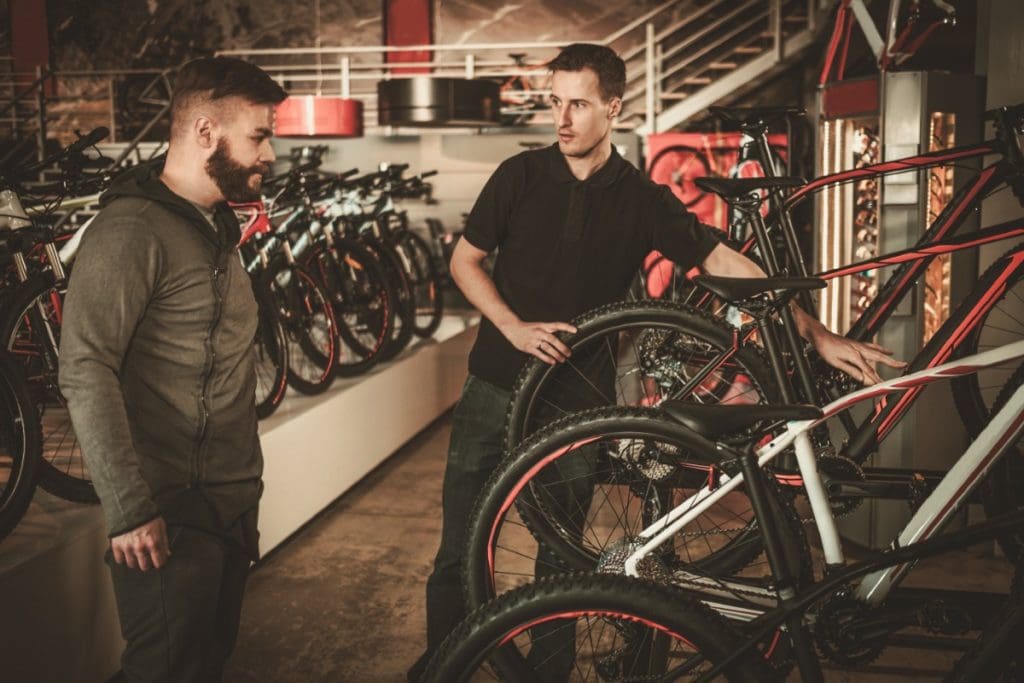Survey of Australian Bike Dealers Documents Huge Sales Spike

Every bike industry member knows that bike sales have boomed since March. Empty bike dealer showrooms and wholesaler warehouses bear testament to this fact. But exactly how many extra bikes have been sold?
Bicycle Industries Australia (BIA) recently conducted a nationwide survey of bicycle shops to answer this question.
Before sharing the results, here are some notes of caution about reading too much into the data. This was a voluntary survey where dealers had to take the initiative to respond. That in itself makes the results subject to potential variance compared to a randomised survey.
Secondly, the sample size of 43 responding shops is relatively small. On the plus side it is reasonable well spread geographically, with every state and territory apart from the ACT being represented.
Respondents were asked three questions. In every case they were asked to compare their figures for the first six months of 2019, ie 1st January 2019 to 30th June 2019, to the first six months of 2020 ie 1st January 2020 to 30th June 2020.
Dramatic Results
Total bicycle sales, including all types of bikes (measured by the number of bikes, not dollars) were up 166%.
Ebike sales (measured by the number of bikes, not dollars) were up 265%.
Bicycle servicing (measured in dollars) was up 12%.
The first obvious question is how could bicycle servicing turnover only be up by 12% when everyone’s workshop has been so busy?
A possible explanation, partly based upon some anecdotal evidence, is that workshops have been so busy building new bikes to cope with the huge increase in bike sales, that they’ve had limited additional capacity for customer services.
We’ve reported cases within The Latz Report and heard of others where dealers have turned repair work away or limited it to just existing customers’ bikes, so that they could create the time to build all of the extra new bikes required for sales.
Because bike shops do not usually allocate any income to their workshop from new bike builds, most of this extra work does not show up in workshop income figures.
The second observation is that this survey does not fully reflect the extreme spike from March because it was measuring the full first six months of each year. Covid-19 induced sales did not start surging until March but by May, many shops were already running out of key stock lines, which only worsened during June, putting a ceiling on the number of bikes that they could sell.
